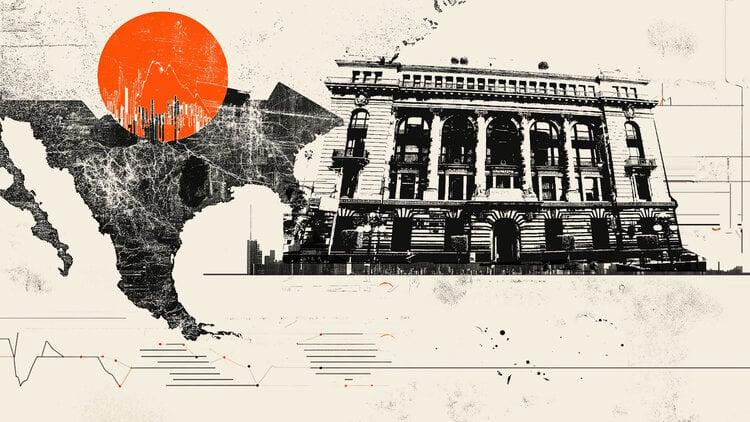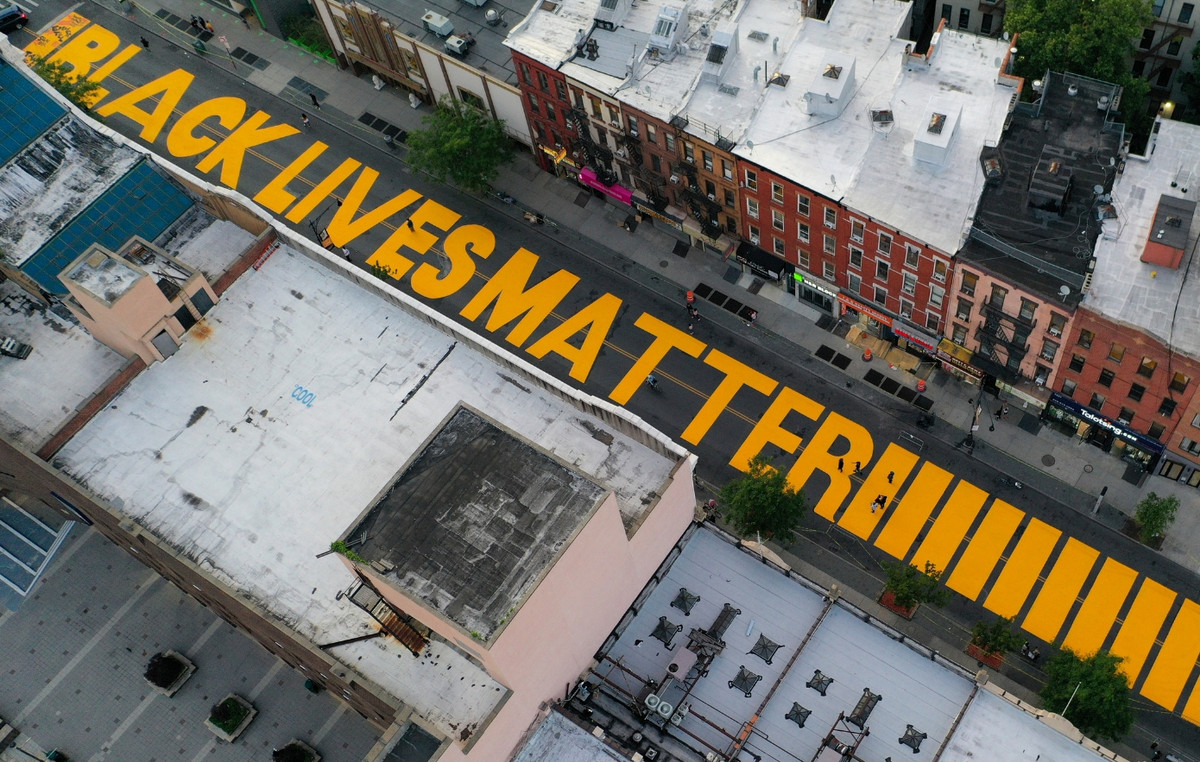Sixty years ago, pop artist Andy Warhol unveiled a wall of 32 paintings of Campbell’s soup cans in a Los Angeles gallery, one for each flavor of the food in production.
Not long after, the company sent a lawyer.
Thus began a decades-long love-hate relationship between the artist and the company. It started out with immense skepticism, but Campbell eventually embraced the artwork and even sponsored a Warhol exhibition at the Metropolitan Museum of Art.
Campbell’s eventual partnership with the Warhol estate presaged the convergence of high art, advertising, branding, and fashion that is commonplace today.
“This is art?”
When the Campbell trademark was featured on Warhol’s art in 1962, then-president and CEO William Beverly Murphy “indicated that he had some initial concern” with the use of the company’s trademarks, according to the company, prompting the attorney to visit the company. Ferus Gallery.
A “cease and desist” order was considered. But in July 1962, John T. Dorrance Jr., son of the inventor of condensed soup, had just assumed the presidency.
He was a passionate art collector and well established in the art world. As criticism of the exhibition mounted – “Is this art?” — also increased publicity. For whatever reason, the company dropped the legal action.
Also, the gallery show was doing poorly, with only five of the works selling for around $100 each, though one went to Hollywood star Dennis Hopper.
Warhol, born in 1928 in Pittsburgh to Slovak immigrants, was still better known as a commercial illustrator for shoe brands and department stores than as an artist.
Gallerist Irving Blum decided the paintings might be worth more as a group someday and bought them back. That would prove to be right.
Meanwhile, Warhol’s next series was celebrity, and with Elvis and Marilyn replacing Onion and Tomato, that show sold out.
Consumers went to Warhol
In 1964, it was Campbell who approached the artist.
According to a letter in his files, a product marketing manager wrote to Warhol, “Your work has sparked a lot of interest here at Campbell’s Soup Company.”
A few boxes of tomato soup, supposedly the artist’s favorite, were sent to his New York home in gratitude.
The manager even indirectly suggested an exchange: “I was hoping to be able to acquire one of your Campbell Soup Can Label paintings – but I’m afraid you’ve gotten too expensive for me,” he wrote.
There is no documentation of him receiving the arts as a result. But Beth Jolly, Campbell’s vice president of communications for food and beverage, noted that the company ended up ordering one for a retiring board member that same year.
In 1966, the partnership became official. Campbell invited consumers to send in tin labels and $1 in exchange for a Warhol-designed paper dress. The promotion was a success.
The dress is selling for around $20,000 in art galleries and online and is in the collection of the Metropolitan Museum of Art Costume Institute.
no sales
But Campbell still couldn’t believe the paintings on his tins were art.
In 1970, when Sotheby’s auction house had its first contemporary art sale, it featured a “peeled-label tin” of Warhol with a suggested starting bid of $20,000.
The auction house reached out to Campbell and the Dorrance family to see if they were interested in buying, but “I’m told they didn’t show interest,” says David Nash, who worked on that initial sale and eventually became boss. of impressionist and modern art of the auctioneer.
(Ironically, Nash went on to do a lot of family business: in 1989, he oversaw the sale of John T. Dorrance, Jr.’s art and furniture goods. million and broke the then record for a collection.)
Meanwhile, Warhol has proven to be very loyal to the brand – he hasn’t strayed to Lipton, although he has done some Coke bottle art – and Campbell’s soup cans and boxes have made regular appearances in his productions and in his interviews and on the show. from MTV in the 80s.
Warhol died unexpectedly in 1987 at age 58. His fame only increased.
It helped the soup arts’ value that it became an extremely popular print series and had two conflicting interpretations by critics.
Some argued that the work was a sharp but intelligent critique of mass production, even capitalism, while others saw a more comforting wall of soup, more about America and post-war options and prosperity.
In 1996, Blum sold the original set of 32 paintings in a tin to the Museum of Modern Art in New York in a partial gift/sale worth $15 million. (The auction record for any Warhol is $195 million, set earlier this year for “Shot Sage Blue Marilyn.”)
In 2012, the soup company launched a “limited-edition” promotional series of soup cans featuring Warhol’s interpretation of the company’s labels in various colors. He also served as an education and event sponsor for the Met Museum’s “Regaring Warhol: Sixty Artists, Fifty Years” exhibit.
Today, the company has a soup can painting hanging at its headquarters in Camden, New Jersey, Jolly said, and continues to work with the Andy Warhol Foundation for the Visual Arts on charitable endeavors and, more recently, on licensed hoodies and other clothes.
But the Warhol estate hasn’t escaped all the trademark battles.
In May, the Supreme Court said it would open a case over whether the late painter violated a photographer’s copyright by creating a series of silkscreen prints of the musician Prince. They used an image by photographer Lynn Goldsmith as their raw material.
And while the Warhol foundation has argued, often successfully in lower courts, that Warhol’s use of the work is “transformative,” the case has big implications for artists who draw inspiration from, or appropriate, pre-existing imagery.
Source: CNN Brasil
I’m Susan Karen, a professional writer and editor at World Stock Market. I specialize in Entertainment news, writing stories that keep readers informed on all the latest developments in the industry. With over five years of experience in creating engaging content and copywriting for various media outlets, I have grown to become an invaluable asset to any team.







